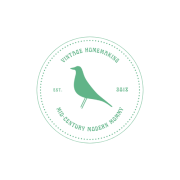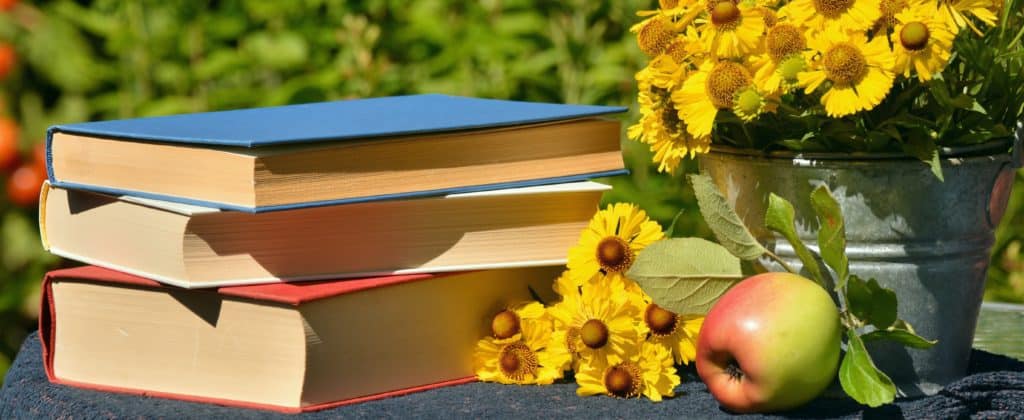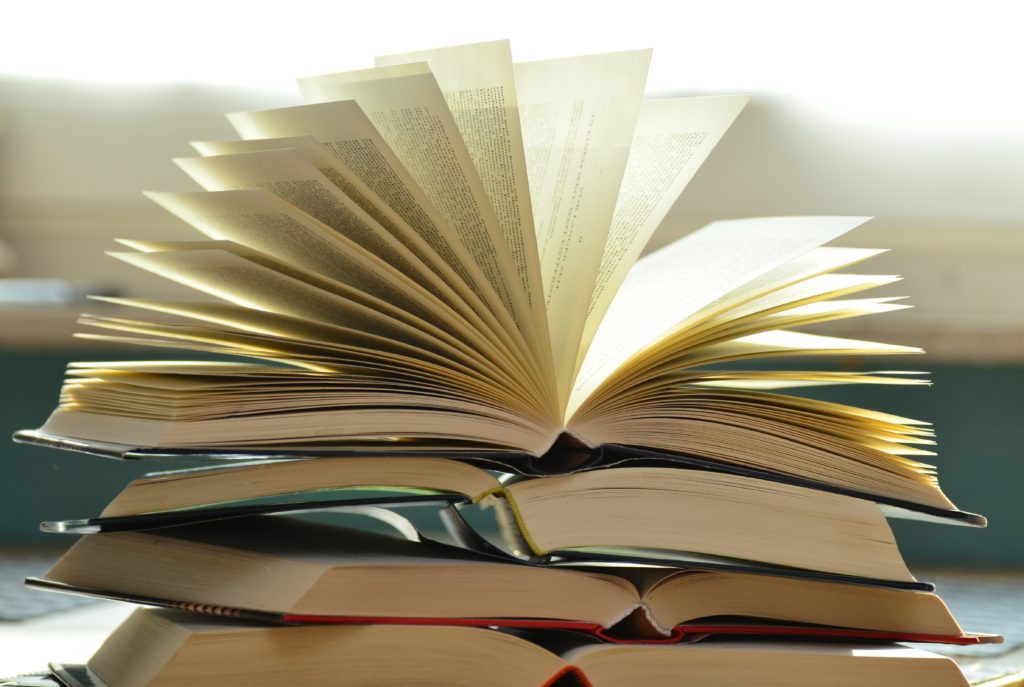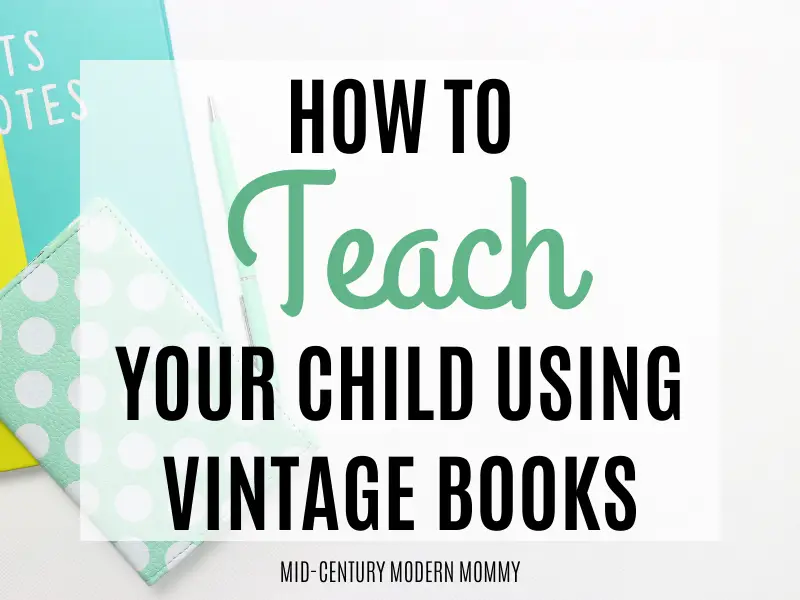I am a homeschooling mom and a homeschool graduate, but honestly, if I had a GOOD school for my kids, I’d send them.
I love the flexibility homeschooling gives my children, but as a vintage housewife (the 1950s housewife was the OG tradwife), my primary responsibility is to be homemaker and housewife — emphasis on wife.
So, I prefer to use minimalist homeschool methods.
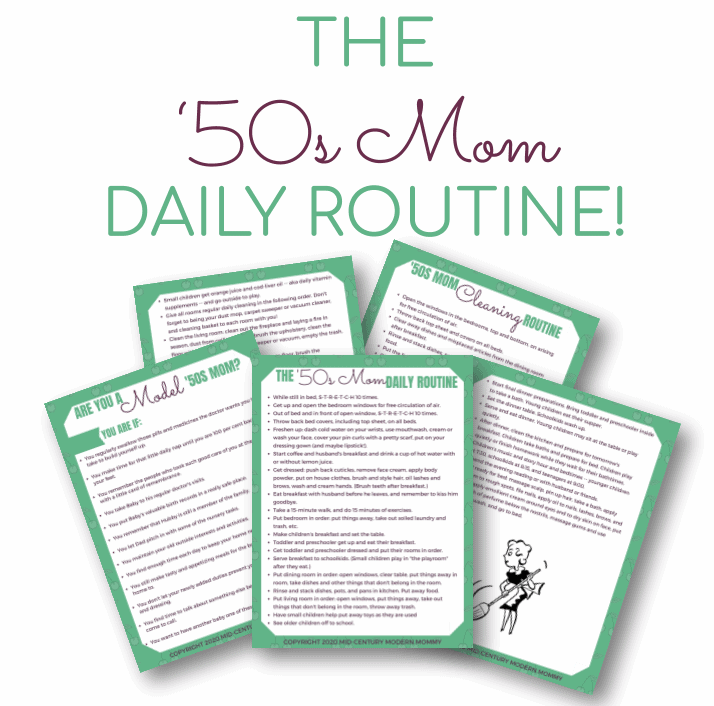
Get Our Mid-Century Mom Daily Routine FREE!
A Minimalist Homeschool Curriculum
The BEST minimalist curriculum you can use for homeschooling or supplementing a public school curriculum is Robinson Curriculum, hands down.
It is the ultimate in back-to-basics, minimalist homeschooling. Robinson Curriculum covers the three R’s. Only the three R’s. Everything else is elective, except religion — which is family culture.
The best thing about Robinson Curriculum is that it is essentially self-teaching. There isn’t much for me to do, other than supervise their lessons. I can spend most of my time on my “preschoolers” and my housekeeping.
How We Homeschool
We do Robinson Curriculum through 12th grade, along with classical Catholic studies from the Classical Liberal Arts Academy, extra reading from Heritage History, Yesterday’s Classics, and Dollar Homeschool, and art, dance, music, and sports at various times.
We do use vintage schedules, and my children have chores every day. They also work on practical projects and participate in local parish activities. The girls learn home ec, and the boys do “shop” work with their father.
So far, one has graduated and is leaving for university after a gap year. All the rest but 2 are in school. The youngest 2 are my “preschoolers.”
Math
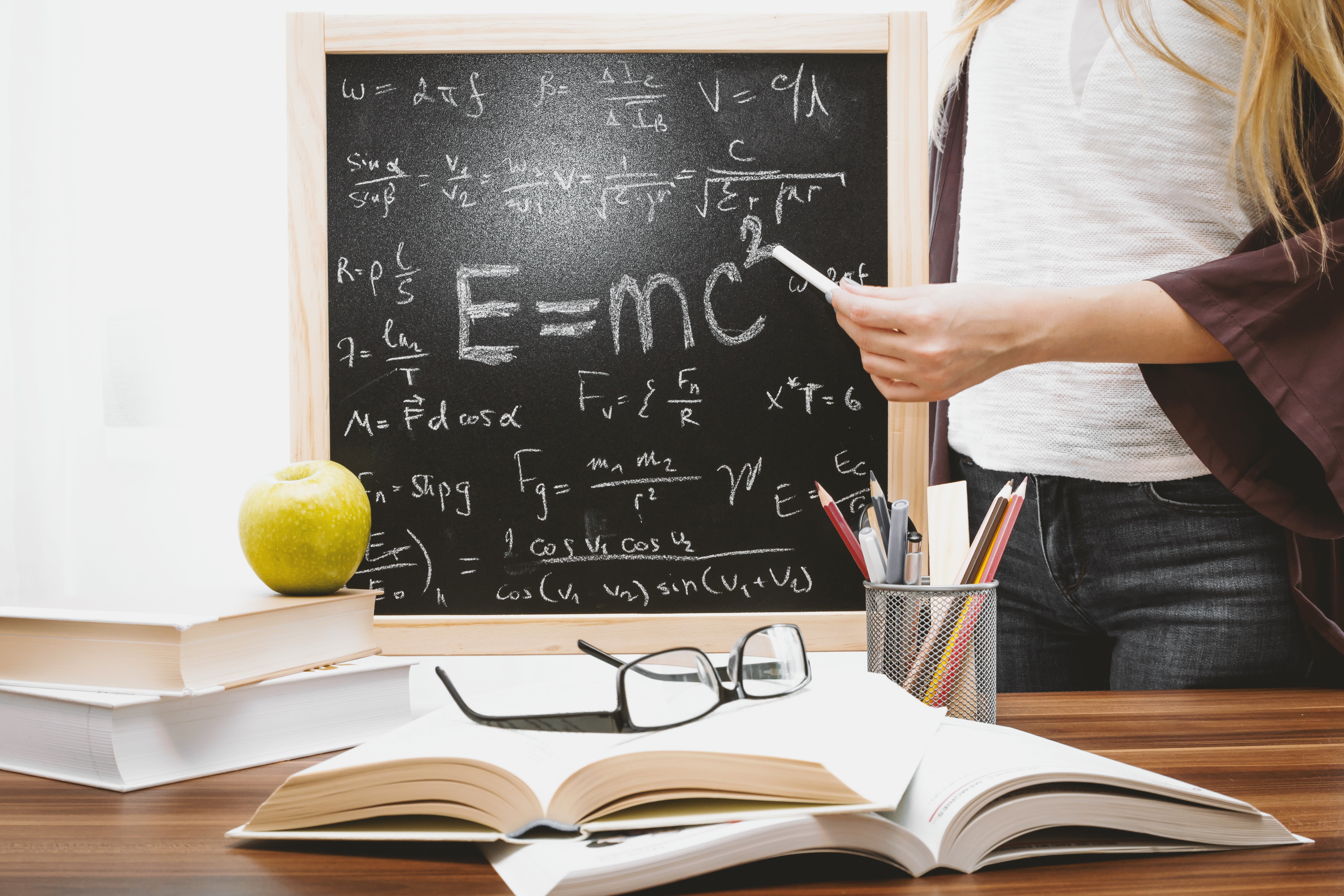
In the past we have used the older Saxon math series. This year, we are using Ray’s Arithmetic. Robinson Curriculum recommends Saxon math, but suggests Ray’s Arithmetic series as a possible alternative. Also, Khan Academy is a lot like Saxon in its “mastery teaching” approach, and I usually send the kids there, if I am busy and they run into difficulties.
Our super simple lesson plan calls for each student to work for a set time or do a set amount of problems, correct them, and record their results. They need 90%-100% accuracy, which means no more than 3 problems wrong out of a set of 30. Less than 90% accuracy means that you repeat the lesson or problem set until you have a passing grade. So far, we seem to be spending about an hour and a half on math every day.
Language Arts
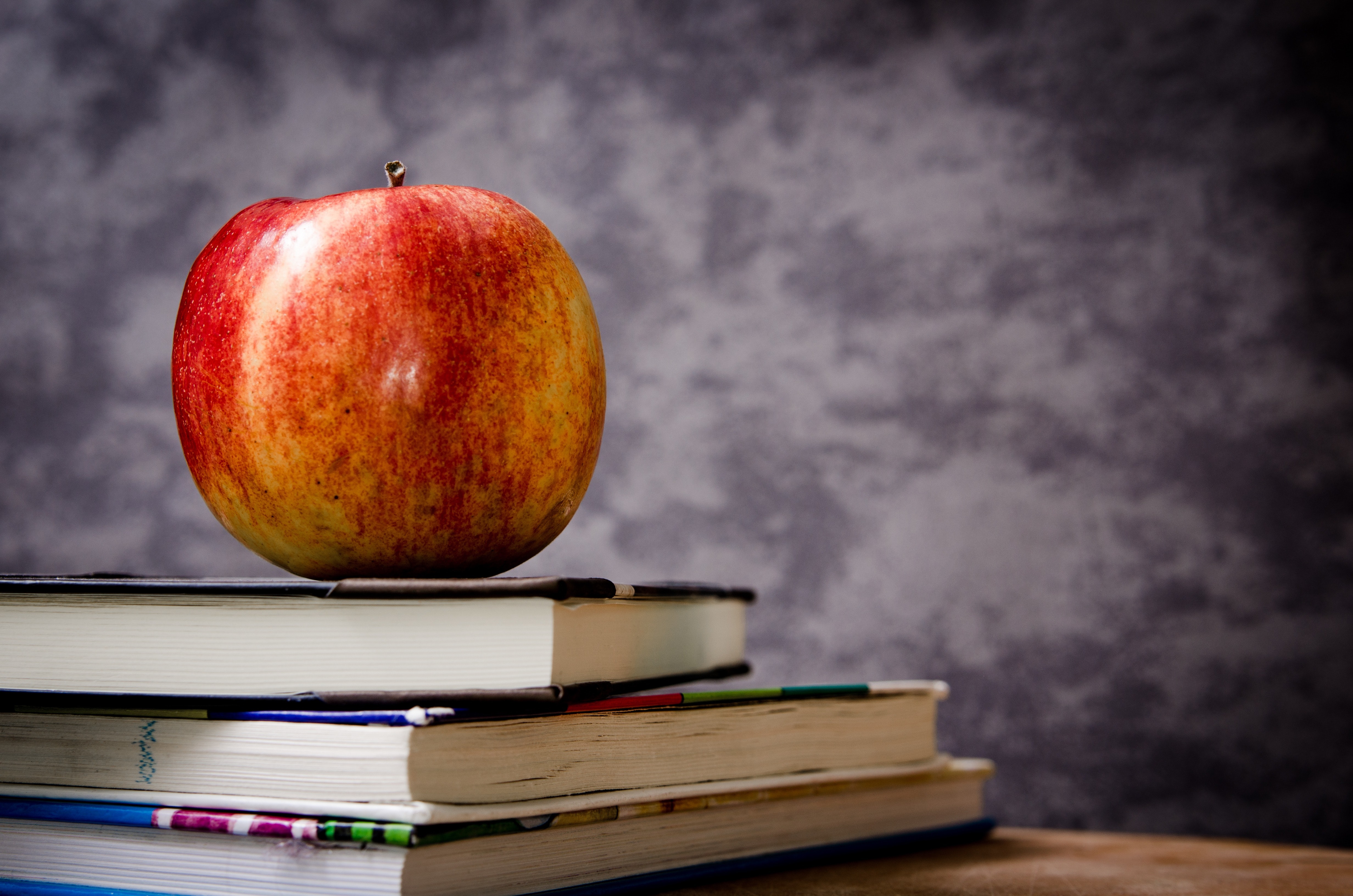
Our language arts curriculum is based on McGuffey’s Readers. For beginning readers, Alpha-Phonics works well with the McGuffey readers and speller. Robinson Curriculum comes with a grammar course, a spelling course, and a vocabulary course. I use the vocabulary course, but I substitute in Harvey’s Grammar and Webster’s Speller, which are somewhat more rigorous.
Our language arts curriculum begins with phonics and cursive. Copywork comes after learning cursive. We also learn to write sentences, then to write paragraphs, then to write essays. We learn to memorize and recite “pieces,” then learn public speaking. In grammar, we learn to diagram sentences, and diagramming is also used to learn Latin and other languages. Robinson Curriculum calls for writing a page every day, which takes about an hour in 6th grade, and then grammar, spelling, memory work, and vocabulary takes another 30-45 minutes.
Reading
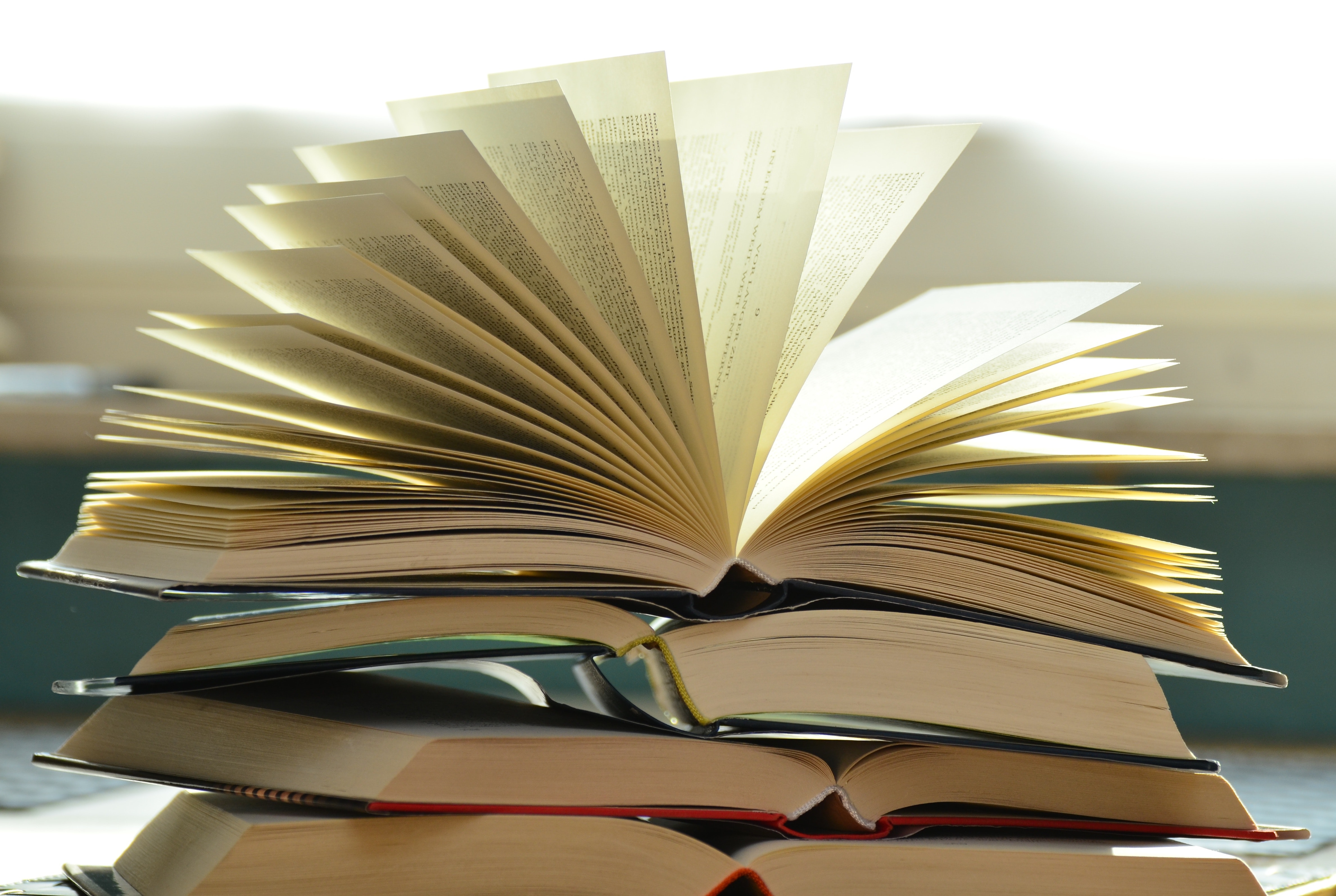
The heart of our reading curriculum is the Robinson Curriculum booklist. The books cover history, geography, natural history and technology, economics and government, and social studies. I love it! All of the “content” subjects are covered by reading living books. Robinson Curriculum doesn’t need much supplementing in this area, but I like to add other old books: fairy tales, myths and legends, historical fiction, nature stories. These are for the children to read as they pursue their own interests.
Robinson Curriculum comes with comprehension exams for some of the books. Using these as examples, I have put together exams for most of the books. At the end of each book in the core reading program, the student takes the exam. As they read, they also keep a commonplace book about the books they are reading. As part of the daily commonplace book, they trace or draw a map freehand until they can draw and label maps of the world from memory. They also practice drawing by illustrating their reading.
Other Subjects
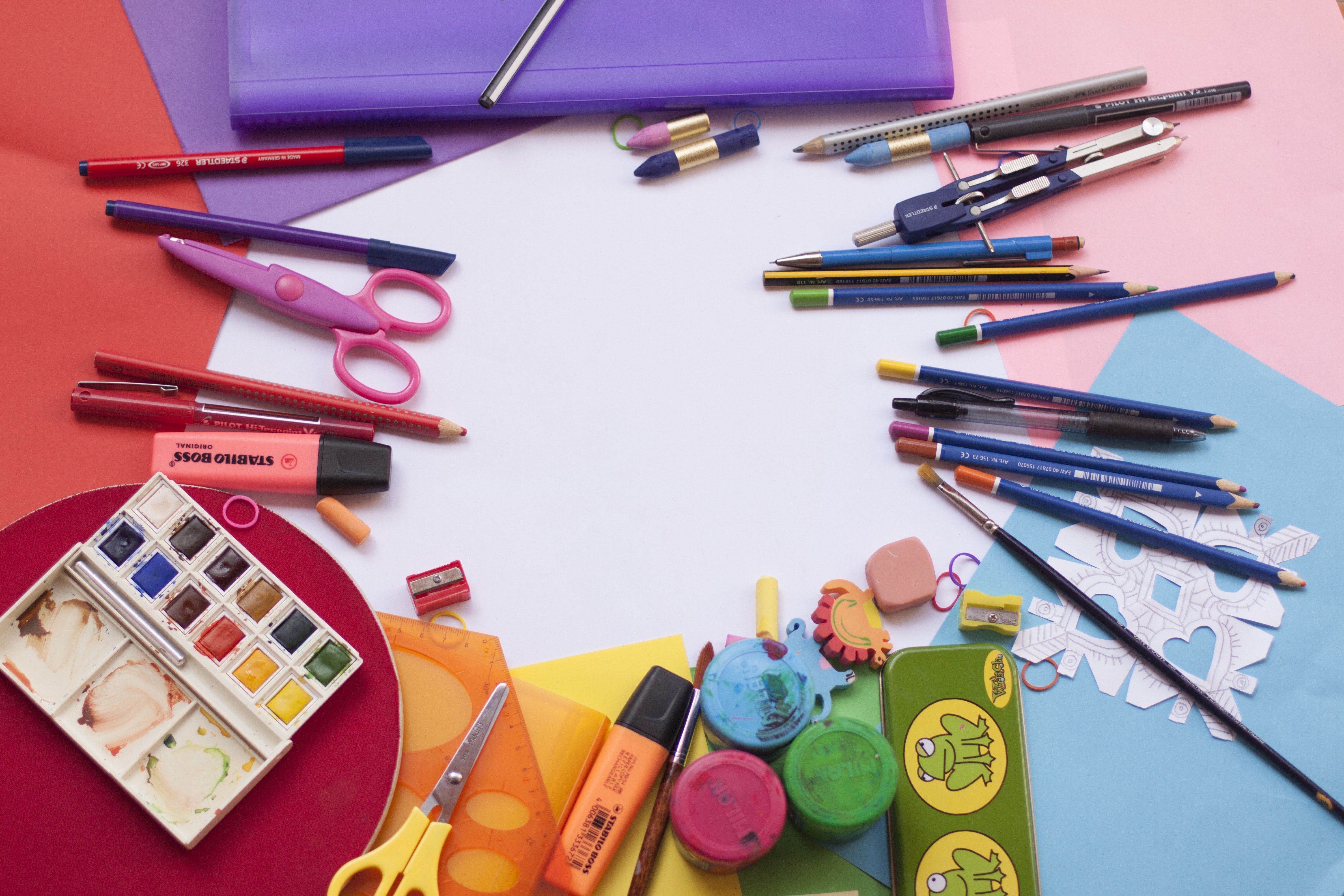
One thing that I do extra is to add classical Catholic studies. This replaces some of the books on the RC list (like reading St. Aquinas instead of John Calvin), covers the catechism and provides a classical education. I use the curriculum from Classical Liberal Arts Academy.
The way I use CLAA is that through 8th grade, I print out assignments and books just like I do for the Robinson Curriculum, and they do the work in analog. For high school, I allow my children to do CLAA’s online courses, although they still use the math/science sequence from Robinson Curriculum. Rather than tutoring, I prefer to use at-home discussion during the younger years.
I tend to seek out old schoolbooks to use for subjects like Latin, Greek, German, French, health, music, drawing, etc. for subjects my children want to pursue independently.
Most of the older schoolbooks are self-teaching, which is a principle of our homeschooling. Minimalist homeschooling means teaching your children how to teach themselves, so that they can learn about the things they are interested in. I help with “skill” subjects, and discuss the content they are learning.
The children practice drawing every day, and practice music daily as well. P. E. is covered through hiking and other outdoor activities, dance (I teach them the basics, then it is self-teaching), and daily calisthenics drill. For life skills, I have lists of skills, like chores, cooking, survival, and handicrafts. They work through the lists, and each skill is broken down into action items.
There it is! An overview of how we implement minimalist homeschooling. You can also look the individual grade overviews, which I am posting for this year. I hope this helps!

